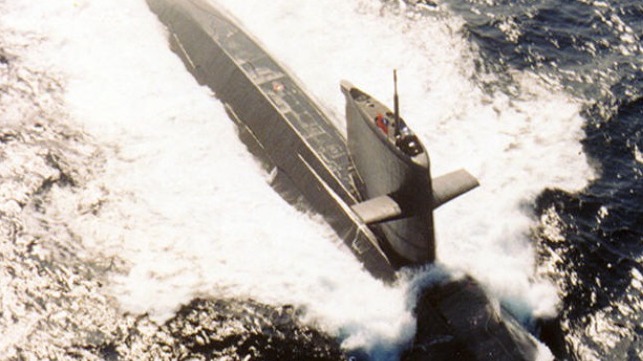To Counter China, Taiwan Builds Up its Submarine Fleet

Ever since September 2020, China has been upping its aggression against some of its immediate neighbors, most notably Taiwan. The small island nation, which Beijing claims to be a part of the People’s Republic of China, has been facing a provocative and sustained show of force in the Taiwan Strait for nearly a quarter-century.
Chinese naval patrols - operating in concert with as many as 30 combat aircraft - have been roaming the strait about once every other day, according to Foreign Policy. Many of these patrols have breached the agreed-upon median line between the two nations, a boundary that both sides had respected for decades.
When China came under Communist rule in the late 1940s, the ruling Republic of China (ROC) government fled from mainland China and established a government in exile in Taiwan. Beijing has long claimed the island as a part of mainland China, and Chinese President Xi Jinping has threatened to use military means (if necessary) to bring the island under China's rule.
Chinese provocations - including sending warplanes into Taiwan's air defense identification zone and stepping up military exercises on nearby islands - have been widely interpreted by the international community as deliberate threats to the island nation by its mighty neighbor.
To bolster its defensive capabilities in case of a Chinese invasion or a naval blockade, Taiwan plans to build up its small submarine fleet. Sea trials for the first of eight new indigenously-built submarine are expected by 2025, according to CNN.
Experts suggest that the submarines would be propelled by a diesel-electric engine, which comes with both shortcomings and advantages over nuclear-powered submarines. Diesel-electric subs can be quieter than nuclear variants, and thus would be difficult to detect by the PLA's anti-submarine warfare (ASW) units. Diesel-electric submarines are easier to manufacture and cost less when compared to nuclear submarines.
